Nathan Meltz – Interview – Thanks for Asking!
Written by Staff on September 21, 2024
Nathan Meltz – Interview – Thanks for Asking! – by Liam Sweeny.
We reached out to Nathan Meltz to see what was up. This was what was up.
RRX: Music genres are difficult for some artists. Some strictly adhere; others not so much. What is your perspective on the genre you play, or the genres you hover around?
NM: Playing in a “concept” band that writes and plays songs about failed utopias allows us to play around with different genres. My song Emma Goldman jangles like a Bryds/Robyn Hitchcock mash-up. Nautilus, from my recent vinyl release “Tales of Failed Utopias from the Era of Victoria” is basically a country song. And at some point, for near every song I write, I WANT the song to sound like the Velvet Underground, but it ends up coming out like the Modern Lovers. Maybe this is all one genre….?
RRX: We all get a little support from those around us. And we also can be impressed by our fellow performers. Who do you admire in your community, and why?
NM: I love our capital region scene. A special shout-out goes to Shane (Sanchez) and everyone else who has contributed to making the Superdark Collective the most consistently interesting purveyor of music and performance around. And there is no lack of great local bands, especially the pop bands I’m really into, from the prolific projects of Steve Hammond, to Schenectady’s Nice Hockey, to the arty projects of Adam Tinkle.
I’ve also been lucky enough to have collaborated with a veritable who’s-who of local scene folks, including wunderkind electro-acoustic musician Connor Armbruster, bassists Chris Brown (Rabid Children, lots more) and Todd Bater (Electric Turtle), guitarist Mark Wolfe, singer/keyboardist Kim Tateo, drummers Dan Prockup (Pony in the Pancake) and David McDonald (Rabid Children, AMs, more). And those are just the local folks! I’ve been lucky to have a cross-state collaboration with guitarist/painter pal Richard Barlow, and an old friend and bandmate Brady Potts has contributed to EVERY House of Tomorrow release from his homebase in Los Angeles.
RRX: Cover art is cool. It shows listeners what the artist thinks the album is all about. Because music can be felt visually. If you had to give the public a visual image that you think they would see and just “get” your groove right away, what would it be?
NM: I mentioned above about my recent release “Tales of Failed Utopias from the Era of Victoria”. This LP has a suite of songs about utopian wallpaper designer, typographer, labor activist, speculative fiction writer, and occasional puncher of cops, William Morris. Also, there is one song about his wife, designer and model for Pre-Raphaelite painters, Jane Morris. For the LP cover, I took one of William Morris’ wallpaper designs and modified it with some crown-wearing royal skulls. For the LP text, I actually used Kelmscott, a typeface Morris designed. I thought the visuals were a nice reflection of the song concepts.
RRX: It’s a lot of fun living in the present, but we all collect memories and give birth to dreams. We’re talking dreams here. Where you see yourself next year? In the next five years?
NM: I think of my bands like music projects that have a linear and finite lifespan. There are songs written and recorded, collaborators invited to add their vision, a series of “exhibitions,” or shows, and then eventually all the ideas of the project are explored, and it’s time to move on to the next project. In a year, I wouldn’t be surprised if the House of Tomorrow is on the shelf for a bit while other ideas percolate. I really want to get back behind the drums and/or start a krautrock band. Or maybe inspiration will hit, and another House of Tomorrow record will be in the works. Most importantly, I’m interested in seeing ideas grow through taking creative risks. I’ll see where they take me.
RRX: Our style comes from the extension of our influences. It’s like an evolution. We’re influenced, and it inspires us to influence. What can you say about your influences, and what you feel you’ve done with their influence as a musician or band? Have you extended their work?
NM: I love the work of vernacular musicians, or folks I consider untrained or less-trained. I love a Moe Tucker who just starts banging away on a bass drum and snare to create the most important rhythm section in 20th century underground music. I love bubblegum pop. I love the New Zealand 4-track movement and the bands in the USA like Guided by Voices that followed in their footsteps. I want to hear the sound of fingers sliding over a fretboard, a squeaky bass-drum pedal, and other artifacts of humans making music. I love Bob Dylan, Dan Treacy, Ari Up, and everyone else who made great songs, couldn’t sing for shit, and didn’t let it stop them. I carry on this tradition by fronting a band while simultaneously not being able to sing or play guitar, and yet somehow having people come out to see us.
RRX: We let it out differently when we play music. The happy, sad, good and back; it can all be put out musically. Overall, do you feel better when you sing about the better times, or the worser times? Is there a difference you can describe?
NM: I have what I describe as a “sad tooth”. I love sad culture. Galaxy 500 and Low. Chris Ware comics and Kathe Kollwitz prints. Eternal Sunshine of the Spotless Mind and Grave of the Fireflies. Good art (and music) has conflict and emotions. I don’t really feel much personally when I am trying to nail a note, I’m mostly just trying to get the art right.
And while the songs I write can certainly be sad, they are the opposite of pessimistic. Sometimes they are funny. I just hope that they come across as somewhat meaningful songs performed by hopeful human beings.
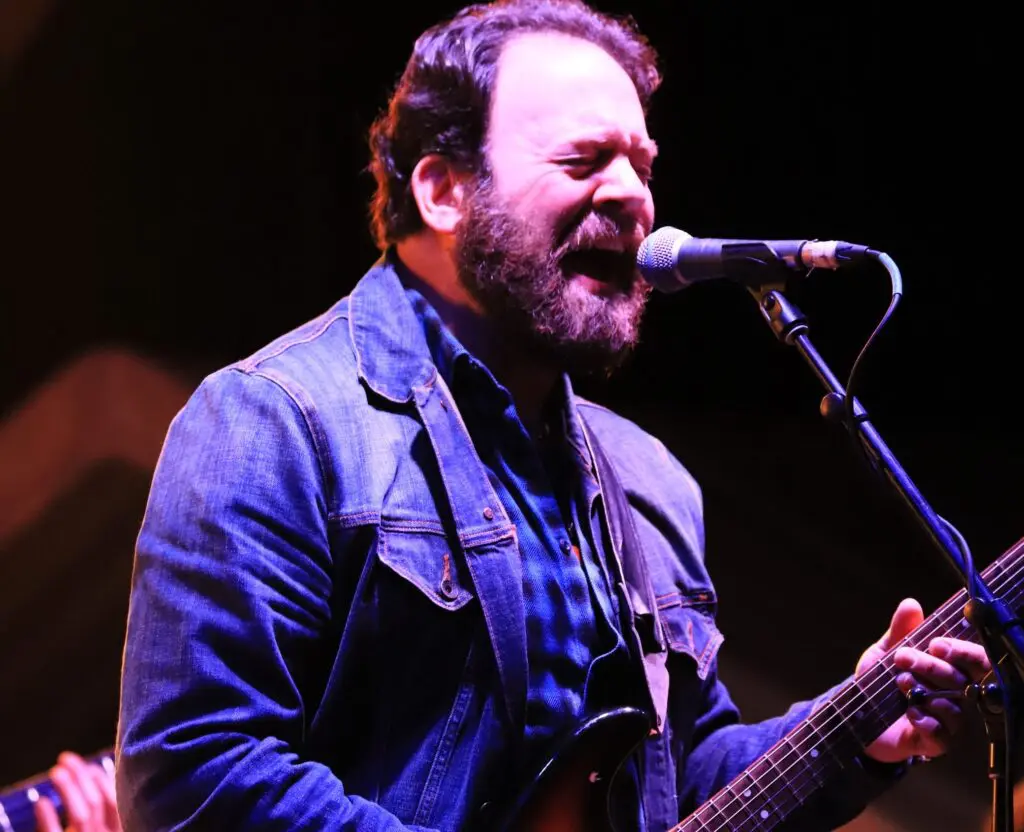
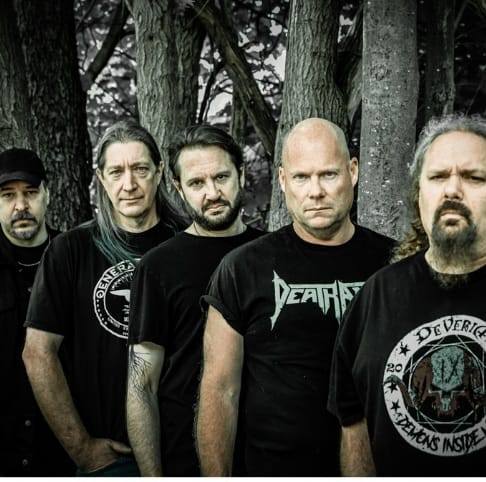
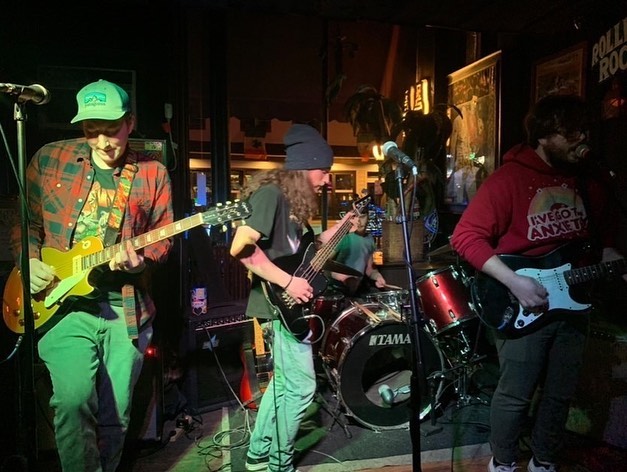
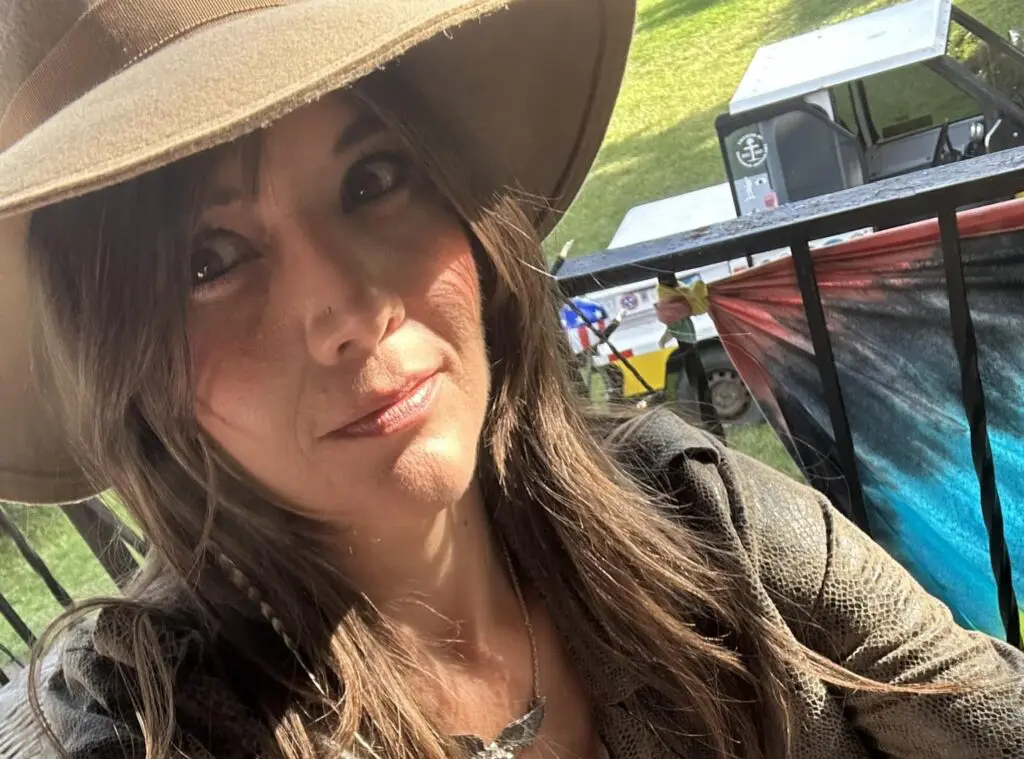
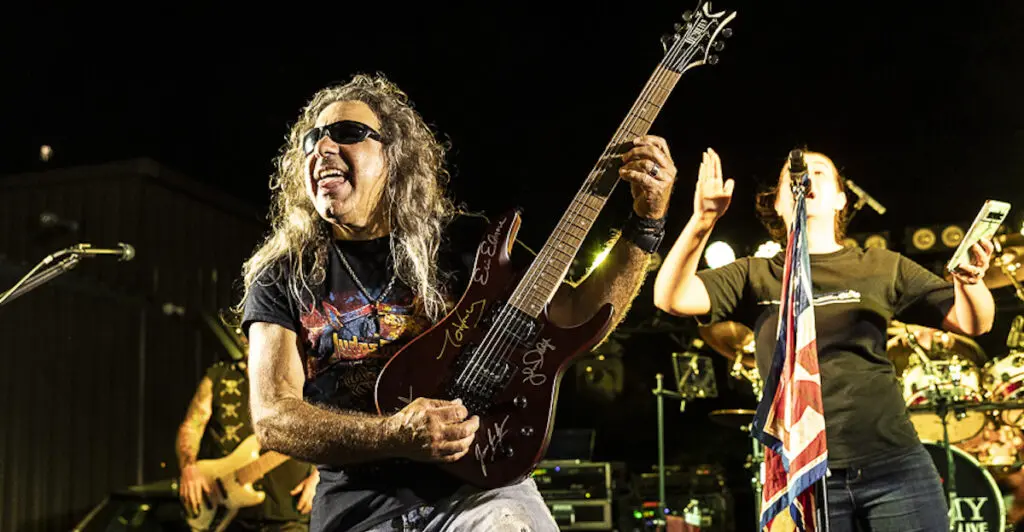
 RadioRadioX
RadioRadioX